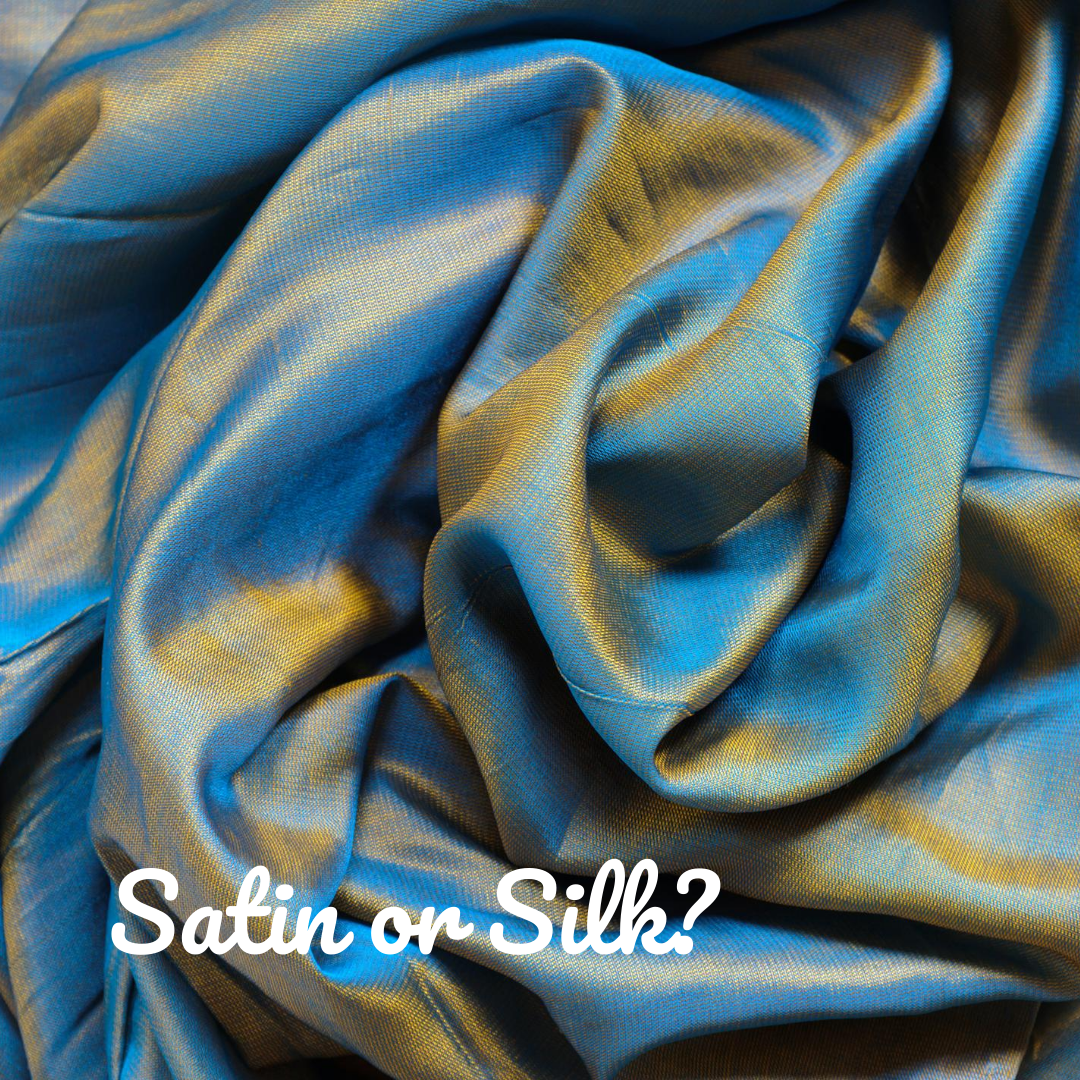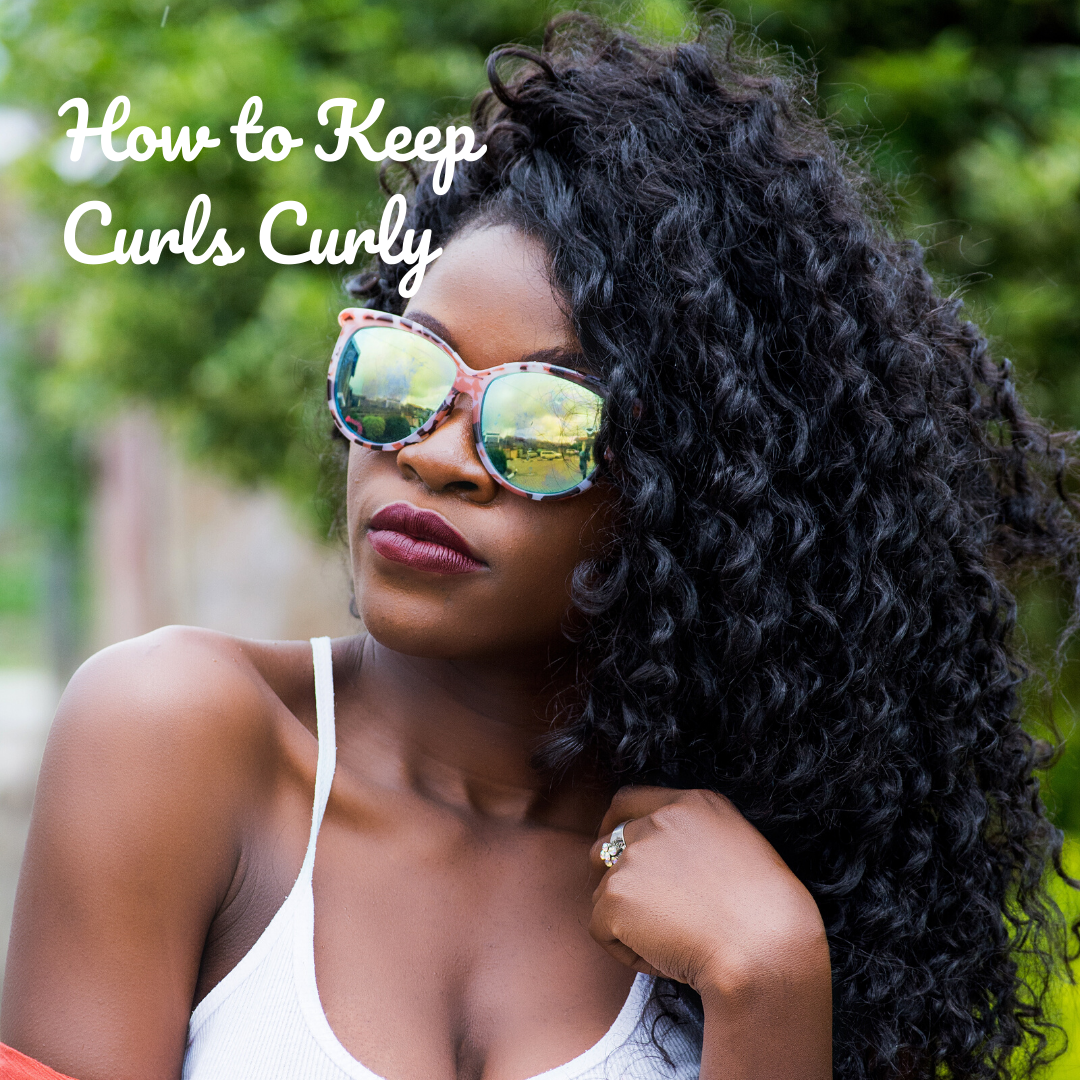What comes to mind when you think of the term “protective hairstyle”? This post will lay out some useful information about Afro hair and how best to look after it. Hopefully you find it informative, and if so please leave a comment below!
What Is A Protective Hairstyle?
The most basic definition of “protect” is to keep from harm or injury, and that is what a protective hairstyle aims to do for a person’s hair. A protective hairstyle is one that keeps hair from damage caused by:
- Wear and tear
- The elements (wind, extreme heat, pollutants etc.)
- Excessive handling and manipulation
- Rapid moisture loss
Thus reducing the likelihood of breakage, makes sense doesn’t it!
I should also add that hair extensions are not required to achieve a protective style. Yes, a hair extension brand just said that! You can obviously achieve different styles with hair extensions and I’ve included some recommendations below but as is hopefully apparent natural hair can create beautiful protective styles without the aid of extensions.
Can Anyone Wear A Protective Style?
Yes, of course! The term is often applied in the context of Afro hair however protective hairstyles can be worn by people with different hair types – though the styles may vary. For example, Afro hair thrives if it is moisturised and so those in cooler, drier climates may want to wear styles that help to retain moisture and support the hair’s natural ideal environment. All hair types would benefit from having the ends tucked away every now and again. And so hopefully it is understood that protective hair-styling should prevent damage and breakage from occurring to hair. This post focuses on protective styles for Afro hair.
It’s important not to create a mental crutch with protective styles, yes – braids and extensions are beautiful and part of many African cultures, but no hairstyle should ever restrict our choices, and certainly should not detrimentally impact how we view ourselves, and indeed how we are viewed. There are certainly ways you can damage your hair with these protective methods, so it should not be viewed that braids etc are inherently protective, but rather that they can be.
11 Ways To Protect Your Hair
1. Reduce Manual Handling
Protective styles should not be intricate e.g. micro braids as these styles increase the likelihood that too much stress is being applied to too few strands and it also means an increase in hair manipulation is required
2. Detangle Gently
Important to ensure hair is detangled so that it does not break during styling and create split ends
3. Moisturise Your Hair
And remember oil or greasing your scalp is not moisturising
4. Moisturise Your Ends
The oldest part of the hair strand, ensure this part gets moisture too
5. Protect Your Ends
It’s incredible how a scarf in winter or a jacket collar can rub and wear down the ends of our hair, creating split ends. So, it’s important to prevent this by considering tucking ends into a hairstyle or pining away to protect them from friction wear
6. Maintain A Clean & Healthy Scalp
A healthy scalp produces a natural sebum, but if the conditions of the scalp are not balanced then pores can become clogged and the sebum unable to moisturise the hair. Therefore, part of our protective hair-styling should be concerned with ensuring the scalp remains clean and healthy and able to create this sebum while we assist with the moisturising efforts. There’s really no point blocking your body’s natural moisturising function because you’re overloading oils on your scalp to moisturise… it’s kind of nonsensical when you think about it. If you’ve been having dry scalp issues, or anything else find a trichologist that specialises in Afro hair as they’ll be able to help you regain a healthy scalp.
7. Avoid Tension At The Roots
You never want to stress the hair, leave it as free as possible, and pulling hair at the scalp will cause a distortion of the curl pattern and damage the hair, potentially damage the hair follicle which in the long run could cause alopecia, or could cause minor scalp infections that manifest as dry scalp or things commonly considered to be dandruff. We’re protecting our hair, and so we should consider the unit of the scalp and hair as one that requires thought and care
8. Avoid Tension On Hair Strands
Similarly, we want to avoid tension on the strand so as not to damage and distort the curl pattern or the hair shaft to avoid weakening the cuticle. Clips, bobby pins and hairbands can create unnecessary tension so it's important to be mindful about how a hairstyle feels, while tight styles may be familiar they are not good for the hair in the long run.
9. Avoid Heavy Hair Extensions
(Similar to the previous point, but deserves its own line!)
It is important not to wear heavy extensions that pull the hair constantly, because you will damage the follicle until it no longer produces hair i.e. traction alopecia
Be careful with hair at edges and sides of head, as these are the areas that take a hit. If you notice thinning then you are already damaging your hair and you MUST STOP whatever it is you are doing before irreversible damage is caused as it is trending towards traction alopecia.
10. Different Styles For Different Times Of Day
For example, protective hairstyles for work could be up-dos and buns as this gets your hair away from a collar that might rub on it, whereas protective hairstyles for bed could be styles that allowed you to sleep comfortably while ensuring the ends are moisturised and tucked away to prevent rubbing while you sleep.
11. Protective Accessorising
Use protective Accessories to bolster your protective hairstyles for bed. Items like silk scarves or pillowcases when you sleep or silk scarves around your neck during the day will reduce the amount of damaging rubbing that occurs.
20 Protective Hairstyles For Afro Hair
Here are 20 beautiful protective style ideas to get you going, which include some hair extension styles. How many of these have your tried before? Would you have considered these protective styles?
1. Bantu Knots
2. Cornrows
3. Crochet Styles
4. Clip in Hair Extensions
5. Wigs
6. Natural Flat Twists
7. Natural Single Plaits
8. Box Braids
9. Thread
10. Afro Kinky Twists
11. Ghana Braids
12. Senegalese Twists
13. Finger Coils (or One Strand Twists)
14. Two Strand Twist
15. Two Cornrows / Twists
16. Flat Twist Up-dos
17. Flat Twist
18. Ponytail
19. Weave
20. Straightened Hair
6 Ways To Speed Up Protective Hairstyle Installs
Many protective hairstyles are stylistic, but some have become burdensome and can take hours to complete, sometimes over a couple of days. Many of us have experienced the frustration of having certain styles done but you can benefit from protective styles without sitting through intricate installation by following these smart hacks to ensure your hair still thrives and is healthy but you’re not wasting valuable time on it.
- Have bigger partings i.e. have bigger braids, twists, cornrows
- Ensure hair is detangled with a solid wide tooth comb and use a detangling product such as Cantu’s Coil Calm or Aunt Jackie’s Girls Knot Havin’ It so that you style with ease, and without causing damage to the hair
- Style simple – aim for simpler styles to avoid the time that more intricate styles take; one strand twist or finger coils are beautiful and take an hour to install
- Wear a ready to wear wig – simply do chunky cornrows, flat twists or for those with short hair – nothing! I tend to have 6 large cornrows, going straight back from the front of my head and I keep these in for a week or two. There’s a smaller cornrow at the nape of my neck to prevent pulling the hair as part of the other cornrows. Luxeriva have some great options that don’t require glue, and if you’re really uninterested in fighting with a wig then check out the Lara fringe wig which is both striking and the easiest wig you’ll ever wear.
- Wear clip in extensions – ensure these are not creating any tension at the root of your hair by installing carefully. You can use these to help you protect your hair in the event you braid or twist your hair before attaching the clip ins. Will also help with letting you tuck ends away if your hair is shorter.
- Multitask e.g. steam your hair while doing something else, perhaps you have some daily reading you’ve been telling yourself you’ll start as part of your New Year’s resolution (no judgement lol) well now you can kill two birds (poor birds) with one stone by setting some time aside to do your reading, at the same time as applying your leave-in onto your hair and steaming it.
I hope this was informative and helpful – drop a comment below if you liked it and let me know if there are any suggestions for other blog topics.
Leave a comment
Comments will be approved before showing up.
Also in LXRV

How to Protect Your Hair; Silk or Satin?



